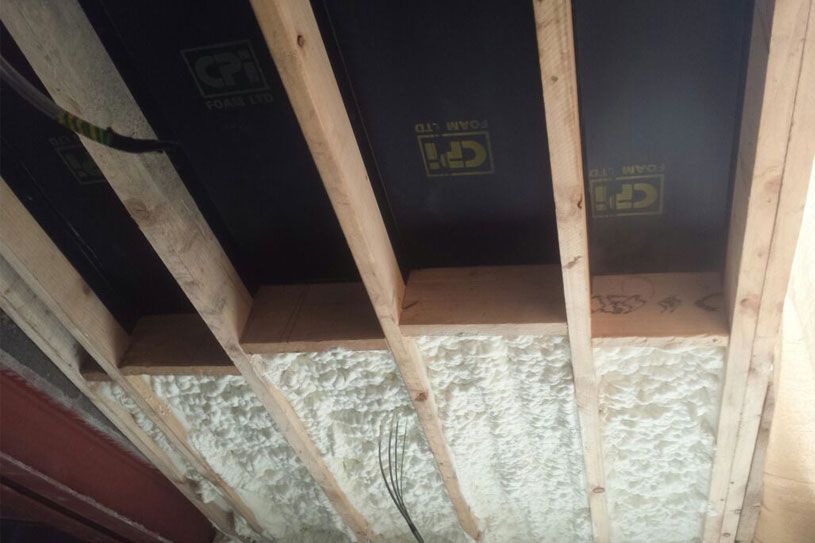Pros And Cons Of Blown In Attic Insulation

There are different types of attic insulation and they each have their pros and cons.
Pros and cons of blown in attic insulation. In the baltimore area the u s. Spray foam attic insulation. Blowing insulation into walls is best left to the pros because it involves drilling into stud spaces that may contain electrical. Some types of insulation are found in older homes and some of them may no longer be used.
Dunktanktechnician via flickr cc by sa 2 0 as you compare spray foam attic. Attic insulation is measured by an r value which indicates how insulation controls the flow of heat and cold through your home. Before we weigh the pros and cons of different attic insulation materials it is important to understand how insulation is measured. Department of energy recommends r 49 attic.
Blown in place using a special machine the material does a great job of filling gaps although there are some reports that it can compress over time losing effectiveness. Like cellulose you need a big machine to blow it in. Also bear in mind that. Made from wood fibers such as cardboard and newsprint cellulose insulation particles nestle tightly together.
Let s give blown in fiberglass a hand for these pros blown in fiberglass is flame resistant thanks to the coating of borates. Repels mildew and moisture. Made from natural minerals rock wool is naturally fire resistant so no potentially hazardous chemicals are. Pros and cons of loose fill fiberglass attic insulation loose fill fiberglass seems to dominate attic insulation in new construction homes and has an r value of approximately 2 5 per inch.
The r value rating should also be a factor in your decision. The pros cons of blown in attic insulation cellulose. Your options for attic insulation range from radiant.














































